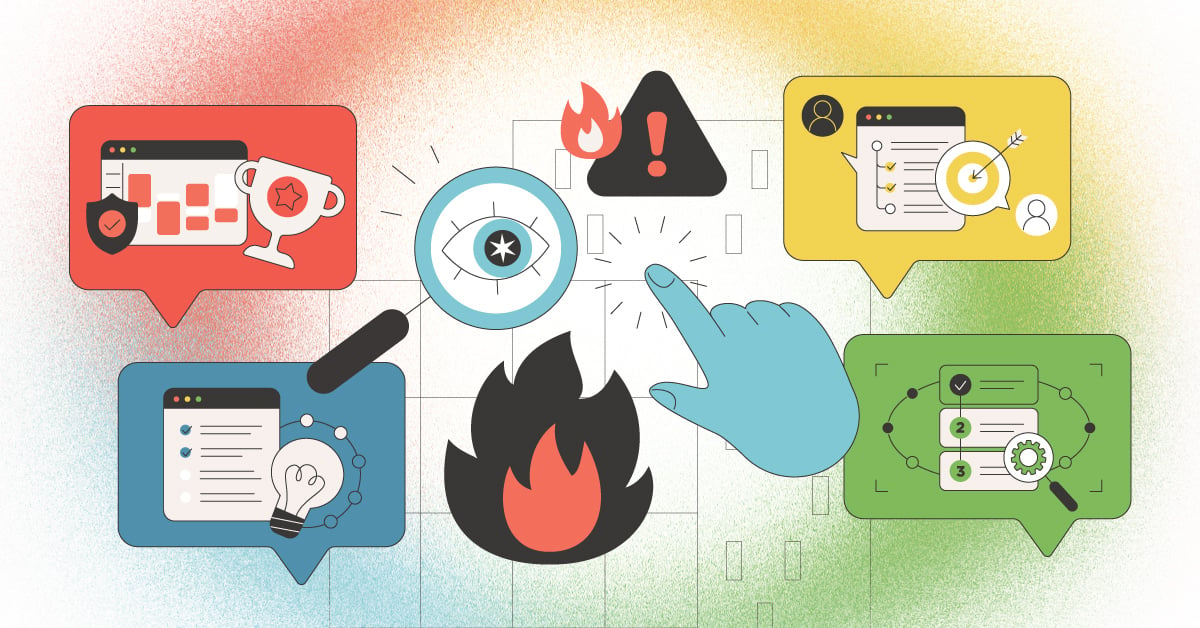
Having a deeper understanding of people’s behavioral styles can provide significant insight into how to better communicate with them. Using a proven science such as DISC can help uncover observable clues about a person’s predominant factor influencing their style of behavior.
is an acronym that stands for Dominance, Influence, Steadiness and Compliance. The science of DISC explains the “how” a person does what they do, and can be a strong predictor of future behavior.
DISC addresses areas of behavioral focus such as problems/challenges, people, pace and processes. While most people have one factor of DISC more pronounced than the others, some people may have two or three impactful factors. A person’s individual DISC profile is unique combination of all four factors of DISC.
In this four-part blog series, we will take a deep dive into unique characteristics that make up each of the four unique factors of DISC. Today’s focus is on the D, specifically those having a high-D factor as their primary style.
Dominance
The D in DISC stands for Dominance. This describes people that tend to favor a direct, assertive communication style and tend to focus on problems and challenges. High-Ds love to stick to business, get to the point and not waste time. Ds tend not to immerse themselves in minutiae or specific details.
Body language
You can spot a Dominance (D) person by the way they present themselves. Speak to a member of this group and they are apt to lean forward to ensure they are getting all the information. With one hand in their pocket, they are usually in a hurry, walking briskly and seemingly always moving from place to place. Often you’ll see them point while talking, using expressive, linear hand gestures to go along with their very direct conversational style. When talking with a high-D, stick to the punchline. Be brief, be bold and be gone!
How others might perceive the high-D
High-D communicators need to be vigilant in their communications as they can be easily misrepresented by people with opposing behavioral styles. Often direct and sometimes even forceful, the high-D wants to lead with authority but can be perceived as being abrupt. This person tends to talk in bullet points instead of paragraphs. Because they are focused more on the results than the details or the people they are communicating with, they can sometimes come across as being aggressive.
This is in complete contrast with someone who is a low-D. A low-D may feel an inner intensity but will not display this intensity toward others. When it comes to project management, the low-D may be somewhat hesitant in their communication, very unlike the high-D and prioritize cooperation over completion of the task at hand.
Improving communication by understanding others
Regardless of what behavioral style a person is, he or she needs to be aware of the styles of the people with which they are communicating. When speaking with a person possessing a high-I behavioral style, a high-D needs to be more sociable and work social chatter into the conversation. The high-I is all about people, less about tasks and fears not being liked. While small talk may not be the forte of a high-D, adaptation is needed to engage those with other styles.
When communicating with a high-S, the quick, bullet point approach needs to be exchanged for a more relaxed and steady conversational pace. This gives the high-S ample opportunities to let the information sink in, with opportunities for them to ask questions. Having time to digest the information makes the high-S feel more comfortable, keeping them engaged in the process. A fear of the high-S is conflict, so they avoid it whenever possible, especially when coming from an aggressive high-D.
Lots of details are the recipe for success when communicating with a high-C. The high-C wants as much information as possible. The communicator would be well served to clearly identify: the purpose of the project, what the process should look like, when it needs to be completed and what the desired outcome should be. The high-C is much more concerned with accuracy than speed and fears making a mistake, so they will be diligent in gathering all information necessary to fully succeed. The D better come prepared with detailed instructions or conflict may arise.
As two D’s converse, the communication is usually quick and animated but may lack detail, follow through or next steps. High-D’s have a fear of being taken advantage of, so less small talk and more straightforward conversation makes them more comfortable.
As a rule of thumb, high-Ds and high-Is typically communicate very well, and Ds also tend to communicate fairly well with other Ds and Ss. The conflicts tend to arise between the Ds and Cs who both favor direct communication, but in much different, sometimes clashing manners.
Words that work
Certain words can engage the D while others can frustrate them. Challenge and results are two words that stimulate the D while structure and follow directions are words that may make the D tune out.
Conclusion
Knowing a person’s predominant behavioral style is a great place to start when it comes to successful communication. Identification leads to adaptation. If you happen to be a high-D, you need to be able to adapt your style of communication quite differently when communicating with someone possessing one of the other DISC factors. Knowing how to adapt, and being willing to do so, will help your communications thrive.


![Don’t Let Your Behavioral Style Haunt You [Infographic]](https://blog.ttisi.com/hubfs/Halloween-Infographic_DontLetYourBehavioralStyleHauntYou_Email_Header.png)
